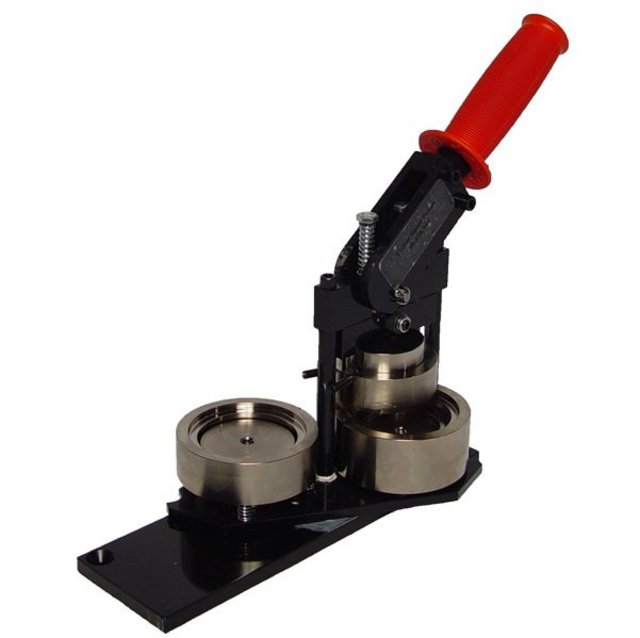How To Make Use Of The Button Maker

If you've never tried a button maker there are some steps to be aware of
before beginning. Learn to make buttons as well as pinback buttons. We'll also
cover some common problems you might confront when using a maker, as well as how
to properly maintain your machine. While we're there we'll get into the fun
partof creating your own buttons! First, you must design the template to create
your button. Here's an example of a 1.25 inch template. Make sure you place your
design in the inner circle of the template and wrap the outer ring of the
template over the button. Then, you can reduce the opacity of your design layer
so that it fits the button.
Problems with buttons
If you're having issues with your button maker it could be that the buttons
aren't properly crimping. Sometimes, the button maker may take two shells and
the next one isn't crimping properly. If this occurs, look over the upper pickup
for any holes or extra parts. You can turn the Crimp tool beneath the pickup by
pulling the handle down in case you discover any additional components or
holes.
You can also try prying the stuck area out with the help of a piece of wood.
A 1-inch dowel made of wood will do. Be sure that the piece of wood will not
cross over into the inner Plug. After that, you can use to hammer the wood. Once
you have separated the outer ring and inner plug, you may try to remove the
stuck part of the button. But be careful not to pull the dies off in case this
causes damage to them.
Maintenance of a button-maker
Regular maintenance is vital to ensure that your machine functions properly.
Apply a clean, dry stick of lubricant on your button maker. Some manufacturers
recommend applying a silicone aerosol but I find that stick lubricant is the
best choice. Using the correct lubricant protects both the button and images it
displays. Buttons that are soiled with grease or oil won't work properly. The
next step is to clean the dies with a clean, dry cloth.
The main component of your button maker is the carrier plate for your die. It
is possible to vacuum it or utilize compressed air to clean it. Use an old towel
to clean the device clean. Be sure to avoid washing your machine using regular
water since it can damage the condition of the button maker. Instead, use
lithium grease. Don't leave the machine plugged for long periods of time. The
die should be cleaned frequently.
A button maker lets you to design buttons
To create beautiful, unique buttons, you can use a button maker. This tool will make the
process, and also save time. These machines come with a small metal plate which
shields your work area from cutting. These plates are more costly than scissors
but can help you save time and effort. The cutter cuts the image or button print
from the middle instead of cutting the edges. It is possible to save the design
by choosing Save Session or Save This Button.
Inkjet printers offer excellent resolution and are the most popular type of
printer used to make buttons. However, they can be beyond the budget of many
people. However, the majority of local print shops and businesses employ these
printers. Laser printers do not depend on the quality of paper. It can also
produce waxy buildup. But, you can utilize an inkjet printer when you're doing a
small-scale job.
Making pinback buttons using an online button maker
You can make pinback buttons using a button maker along with a few simple
tools. First, prepare your image on cardstock. Your image should be perfectly
aligned with the button. Print the image on white paper in order to get the best
results. If you use an inkjet printer, make sure that the print is fully dried
prior to making buttons. Your button might be rusty if it's not fully
dried.
Then, upload your image or design to the maker of buttons. Next, choose the dimensions of your button. In general, you can choose an 1.5-inch button maker. You can also use a larger machine. Be aware that the most important design elements should not extend beyond the edges of the button. You can fill in the text or image using a different color to match the rest of the button. This will help to comprehend the different types of pinback buttons.
Comments
Post a Comment